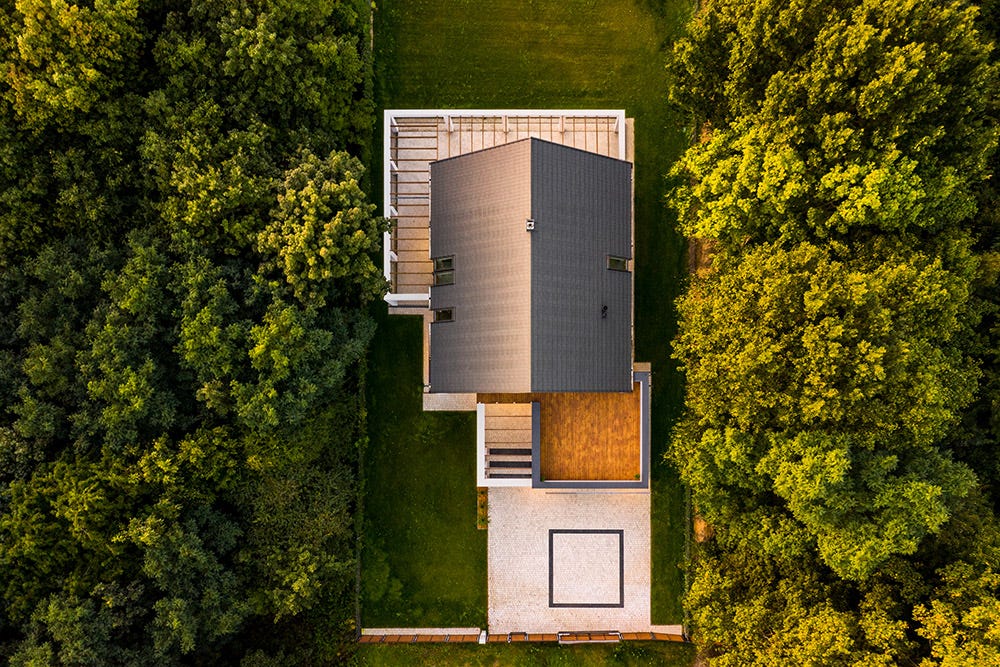
1. Consider your priorities
Be clear about how you want to spend time in your garden. If you want a low-maintenance space to relax and entertain in…
-
Add colour, texture and depth using pots, trellises, hanging baskets and water features.
-
Select plants that are easy to care for and contribute to a relaxing atmosphere.
-
Nicotiana grows well in pots and is a wonderful choice for seating areas because it gives off a lovely evening scent.
-
Aeonium and Festuca are drought tolerant, require very little maintenance and are great for adding texture.
-
Opt for paving, tiles, gravel, decking or artificial turf if you don’t have the space or time to maintain a lawn.
If you’re committed to tending to your garden on a regular basis, the first step is to review how much space you have available to dedicate to:
-
Flower beds
-
Raised beds
-
Vegetable patches
-
Lawn
-
Pathways
-
Seating
-
Cold frames
-
A greenhouse
-
A pond
Draw a pie chart to decide how important each element is to you. This creates a visual reference of what to prioritise in the final design.
2. Divide the space
After choosing how many zones you want, it is time to decide whether to divide the space using hard or soft landscaping.
-
Hard landscaping is formed with paths, fencing, decking, steps, trellises, screens and walls.
-
Soft landscaping is created by tall flowers, plants and hedges – Argentinian vervain and ornamental grasses like pampas grass and blue fescue work brilliantly as space dividers.
3. Review your options
Before planning your layout, familiarise yourself with your garden’s unique features:
-
What is the size and shape of your garden?
-
Is your garden north, east, south or west facing?
-
How many hours of sunlight does each area of your garden get?
-
Are any areas in constant shade?
-
What is your soil type?
-
Is it chalky, clay, loamy, peaty, sandy or silty?
-
Is it acidic or alkaline?
-
How much privacy does your garden have?
Once you have answered these questions, research the type of plants that flourish in areas of shade, light and direct sun exposure, as well as how to get the most out of your soil type.
4. Include a destination
Find somewhere that gives you the opportunity to appreciate your garden – a point that you’ll naturally gravitate towards when stepping outside. This could be as simple as two seats or a bench, or as unique as a water feature or secluded enclave.

From a balcony herb garden to your first big garden project. Gardening is a brilliant way to reduce stress and boost your mood, all while getting a big dose of vitamin D. Learning the basics is a great way to start, so we’ve put together this handy guide for the budding gardener.
